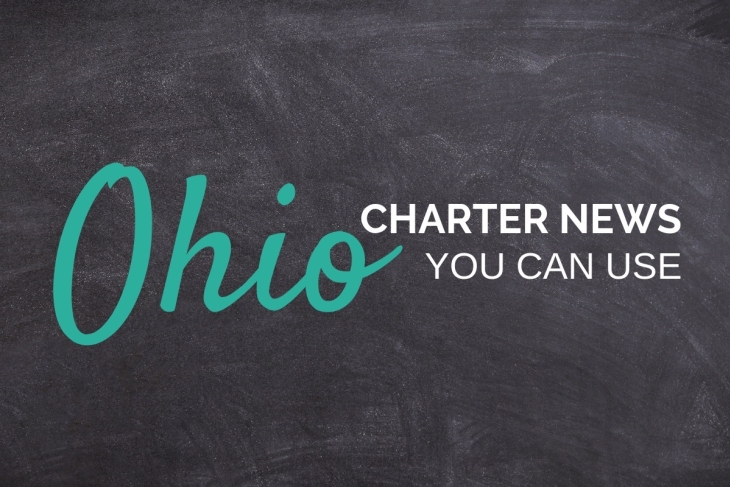Stories featured in Ohio Charter News Weekly may require a paid subscription to read in full.
Analysis of segregation data
In our last edition, we highlighted an important new report from researchers at Stanford and USC that indicates racial segregation in schools has been increasing over the last three decades, after a period of decline. The expiration of most federally-mandated desegregation orders in that timeframe is one big factor, but fingers also pointed at the expansion of charter schools. In the wake of the report, Brian Kisida, an assistant professor at the University of Missouri and a long-time researcher in this area, joined the Fordham Gadfly podcast to discuss the findings. Meanwhile, brightbeam CEO and lifelong activist for high-quality education Chris Stewart took to his Substack to lay out his case against the anti-charter framing, bluntly titled “Blaming charters for segregation is dumb”.
Waiting
A new report from the North Carolina Department of Public Instruction (DPI) shows strong and steady popularity for charter schools in the state. During the 2023-24 school year, 169 of the state’s 210 charters reported having a waitlist. Three dozen schools had a waitlist of 700 students or more and almost 40 percent of schools faced a waitlist of 200 students or more, all adding up to tens of thousands of Tar Heel students waiting for a new educational option. While recent legislative changes are expected to boost charter creation in North Carolina, DPI’s Office of Charter Schools director indicated that capacity won’t grow overnight. Three new charters are scheduled to open in fall 2024, she said, and 16 more are on track for fall 2025.
More from North Carolina
Kudos to KIPP North Carolina Public Charter Schools, which recently became the first charter in the state approved to offer its own educator preparation program. The program will begin in fall 2024 and offer prospective teachers immediate experience and training over 13 months to become licensed educators at the elementary or middle school level. During that time, candidates will also take classes required for certification. After the training, candidates will have two years to apply for their initial certification and pass their residency teaching license. The program will charge tuition but will offer candidates a zero-interest loan that is forgivable if participants fulfill a two-year commitment to teach at a KIPP NC school post-graduation.
Celebrating National Charter Schools Week
Last week was National Charter Schools Week. In celebration, Walton Family Foundation Senior Advisor Bruno Manno wrote this appreciation of the charter model, including notable successes over the years in terms of academic achievement, building community, and increasing social capital. “All this is worth recalling,” he concludes, “and recommitting ourselves to creating more high-quality independent public schools of choice that are accountable for results.”
Unique and diverse charter models
And here are two great illustrations of the various ways that charter schools can provide alternatives for a wide range of students. First up, Lumen High School in Spokane, Washington, which focuses on serving pregnant and parenting students. Chalkbeat recently featured a first-person account from junior Mahciah Campbell of the ways in which her school was able to help her through her pregnancy and her daughter’s infancy while remaining in school and preparing for a future career in nursing. Second, Hechinger took a detailed look at the Native American Community Academy (NACA) network, which includes 13 charter schools in five states. It is aimed at “bolstering [students’] Indigenous heritage with land-based lessons and language courses built into a college preparatory model.” NACA currently serves 500 students from 60 different tribes in grades K-12 and its leaders want to grow even more.
*****
Did you know you can have every edition of the Ohio Charter News Weekly sent directly to your Inbox? Subscribe by clicking here.




